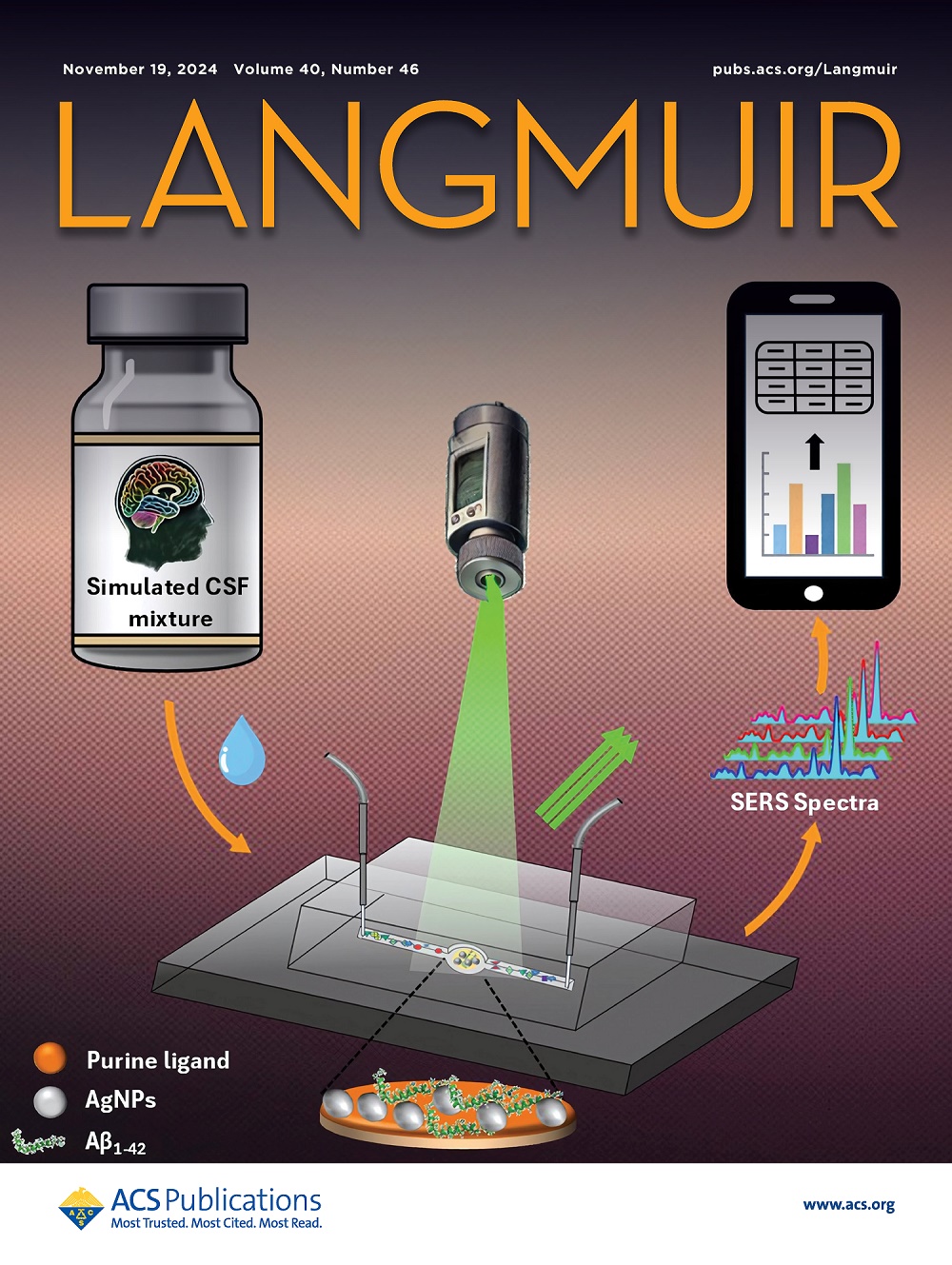Innovative Separator Engineering: Hydrogen Bond-Driven Layer-By-Layer Assembly for Enhanced Stability and Efficiency in Lithium Metal Batteries
IF 3.7
2区 化学
Q2 CHEMISTRY, MULTIDISCIPLINARY
引用次数: 0
Abstract
Lithium metal batteries (LMBs) face critical challenges due to uncontrolled lithium dendrite growth and inhomogeneous Li+ flux, largely attributed to conventional separators’ poor interfacial compatibility. To address this, we propose a hydrogen bond-driven layer-by-layer (LbL) assembly strategy for engineering functional separators using poly(vinyl alcohol) (PVA) and tannic acid (TA). The optimized PP/(TA/PVA)15 separator leverages the synergistic interplay between PVA’s hydroxyl groups and TA’s carbonyl moieties, forming a robust hydrogen-bonded network that simultaneously enhances lithiophilicity, regulates Li+ flux uniformity, and immobilizes anions. The interfacial design achieves exceptional electrochemical performance: Li//Li symmetric cells maintain stable operation for 800 h at 0.5 mA cm–2/0.5 mAh cm–2, while Li//LiFePO4 half cells retain 73.8% capacity after 1000 cycles at 5C (decay rate: 0.026% per cycle). The separator further exhibits high ionic conductivity (0.94 mS cm–1) and Li+ transference number (0.63), outperforming conventional polyolefin counterparts. By integrating simplicity, scalability, and eco-friendliness, this work pioneers a universal interface chemistry paradigm for next-generation LMBs, offering transformative insights into separator engineering through molecular-level hydrogen-bonding control.

锂金属电池(LMB)面临着严峻的挑战,这主要是由于传统隔膜的界面兼容性差,导致锂枝晶生长失控和 Li+ 通量不均匀。为解决这一问题,我们提出了一种氢键驱动的逐层(LbL)组装策略,利用聚乙烯醇(PVA)和单宁酸(TA)来设计功能性隔膜。经过优化的 PP/(TA/PVA)15 分离剂利用了 PVA 的羟基和 TA 的羰基之间的协同作用,形成了一个强大的氢键网络,可同时增强亲锂性,调节 Li+ 通量的均匀性,并固定阴离子。这种界面设计实现了卓越的电化学性能:锂//锂对称电池可在 0.5 mA cm-2/0.5 mAh cm-2 下稳定运行 800 小时,而锂//LiFePO4 半电池在 5C 下循环 1000 次后仍能保持 73.8% 的容量(衰减率:0.026%/次)。该隔膜还具有较高的离子传导性(0.94 mS cm-1)和锂+转移数(0.63),优于传统的聚烯烃隔膜。这项工作集简便性、可扩展性和环保性于一体,开创了下一代 LMB 的通用界面化学范例,通过分子级氢键控制为分离器工程提供了变革性的见解。
本文章由计算机程序翻译,如有差异,请以英文原文为准。
求助全文
约1分钟内获得全文
求助全文
来源期刊

Langmuir
化学-材料科学:综合
CiteScore
6.50
自引率
10.30%
发文量
1464
审稿时长
2.1 months
期刊介绍:
Langmuir is an interdisciplinary journal publishing articles in the following subject categories:
Colloids: surfactants and self-assembly, dispersions, emulsions, foams
Interfaces: adsorption, reactions, films, forces
Biological Interfaces: biocolloids, biomolecular and biomimetic materials
Materials: nano- and mesostructured materials, polymers, gels, liquid crystals
Electrochemistry: interfacial charge transfer, charge transport, electrocatalysis, electrokinetic phenomena, bioelectrochemistry
Devices and Applications: sensors, fluidics, patterning, catalysis, photonic crystals
However, when high-impact, original work is submitted that does not fit within the above categories, decisions to accept or decline such papers will be based on one criteria: What Would Irving Do?
Langmuir ranks #2 in citations out of 136 journals in the category of Physical Chemistry with 113,157 total citations. The journal received an Impact Factor of 4.384*.
This journal is also indexed in the categories of Materials Science (ranked #1) and Multidisciplinary Chemistry (ranked #5).
 求助内容:
求助内容: 应助结果提醒方式:
应助结果提醒方式:


